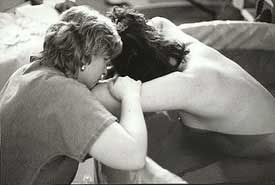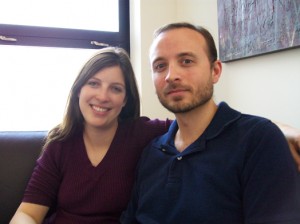|
|
This is Judith Elaine Halek’s response to:
“Doula unto others – Forget the trendy labor coaches and
midwives – give me doctors and drugs,” an article written
by Martha Brockenbrough at Women Central.
The original article has since been removed from the web.
Martha:
Tribal conditioning has been a powerful imprint for you. It’s obvious you have been indoctrinated into the medical model mentality from utero.
I can’t tell you how many times in the past 14 years I have walked into a hospital and found pubic hair in the showers, (someone’s other than the woman I am with), dried blood under the beds, dry, caked, diarrhea under the toilet lid…sterile? Hairy back seats of cars? I would rather birth my baby in an environment and bacteria my body was USE TO being around.
“..back in the days when hospitals treated pregnancy and childbirth like a disease.”
What century are you living in? THEY STILL TREAT pregnancy and childbirth like a disease!!! As one of the largest industrial nations on this planet, we have one of the HIGHEST c-section rates, 31.5% in the world. This is because women are allowing the “medical experts” to tell them whether their bodies WORK or not.
That’s why so many hospitals have created comfortable birthing rooms (I refuse to call them suites) that simulate a homey environment. Just because a hospital rooms had facelifts…it doesn’t mean there is inner beauty. If the medical model philosophy of “delivering” vs. “birthing,” “drugs” vs. “alternatives such as: water, trust or assistance,” then it doesn’t matter what the room looks like, the treatment will continue to be the same.
“…mother who charges money for their services.”
I am a certified hypnotherapist, childbirth educator, certified labor support specialist, certified bodyworker, herbologist and nutritionist.
As an editor of the world’s third largest web site on waterbirth and labor support doula’s, I must say, like the television program “ER,” your lack of research reflects ‘pontification journalism’ as opposed to ‘legitimate, journalism that indicates intelligence and integrity.
My advice to someone who has such an overt disdain for ANYTHING on the level you do with Doulas is, if you haven’t experienced it, don’t knock it…you speak with false authority on the subject other than your own opinion which for me, as stated above lacks credibility.
In favor of respecting choice that is well informed.
Judith Halek
Director of Birth Balance
NYC, NY




 The argument for delayed cord clamping is often used as a springboard for those who believe in lotusbirthing, a more extreme version of delayed cord clamping.
The argument for delayed cord clamping is often used as a springboard for those who believe in lotusbirthing, a more extreme version of delayed cord clamping.